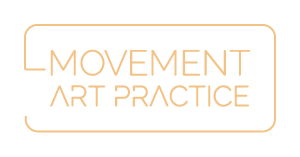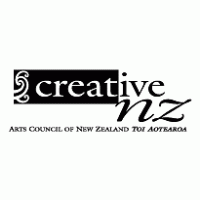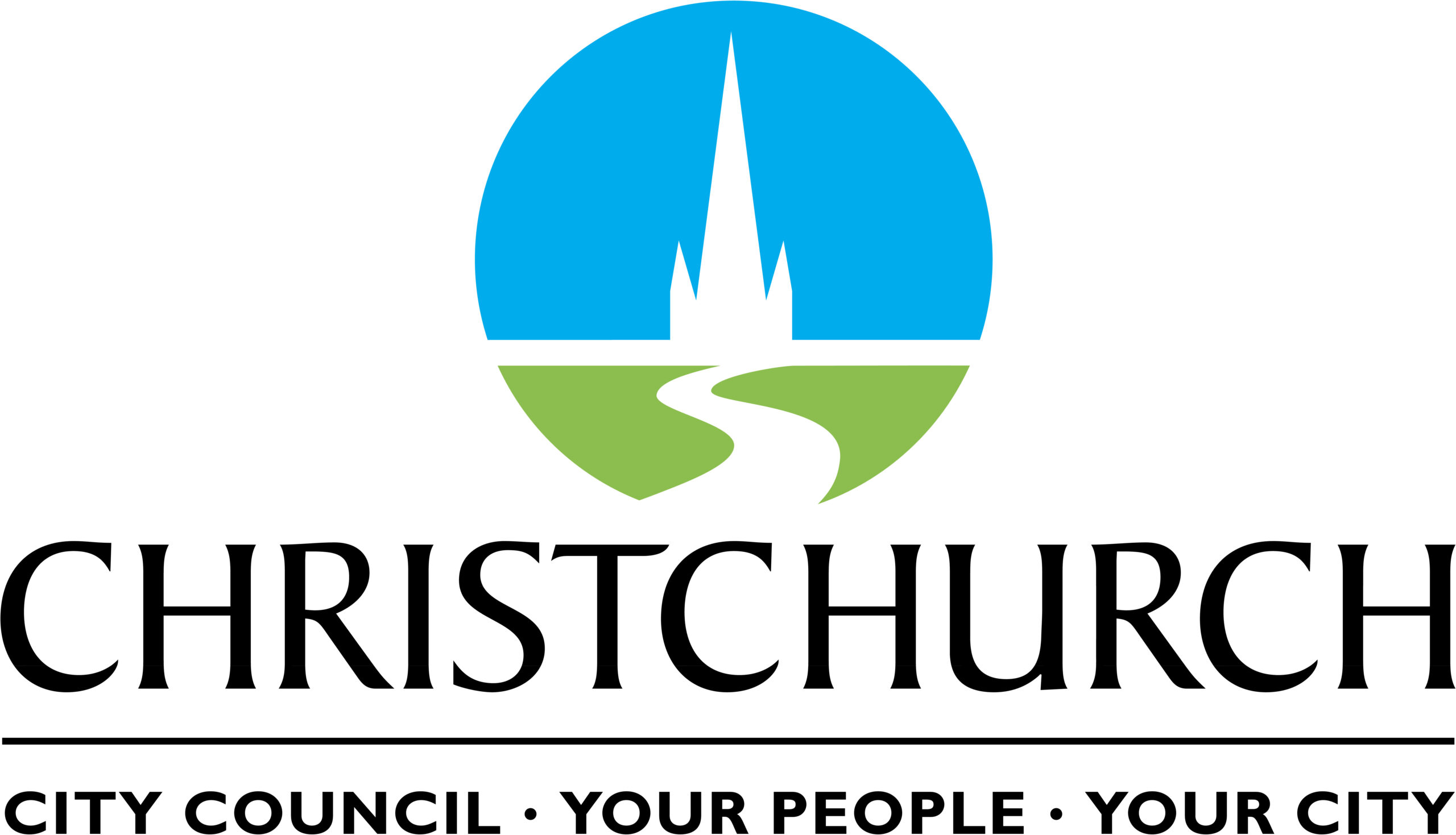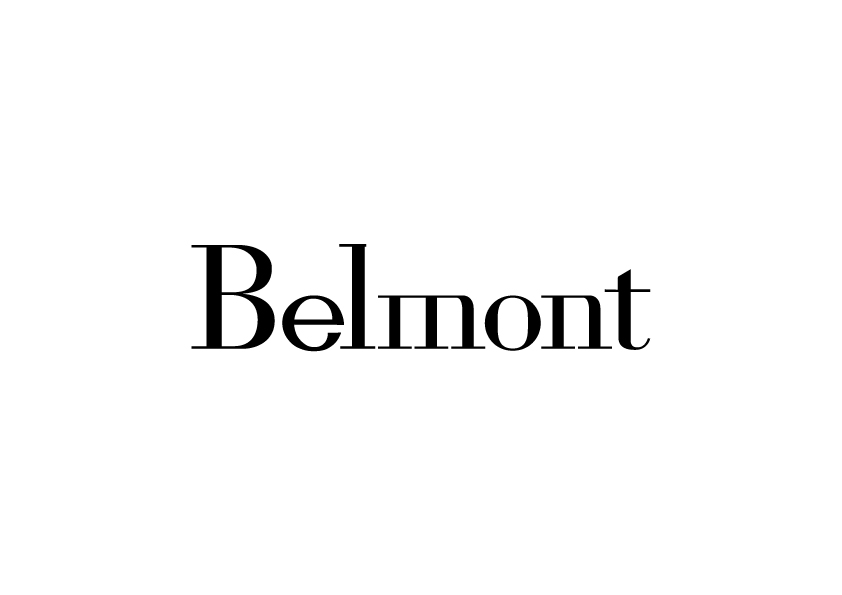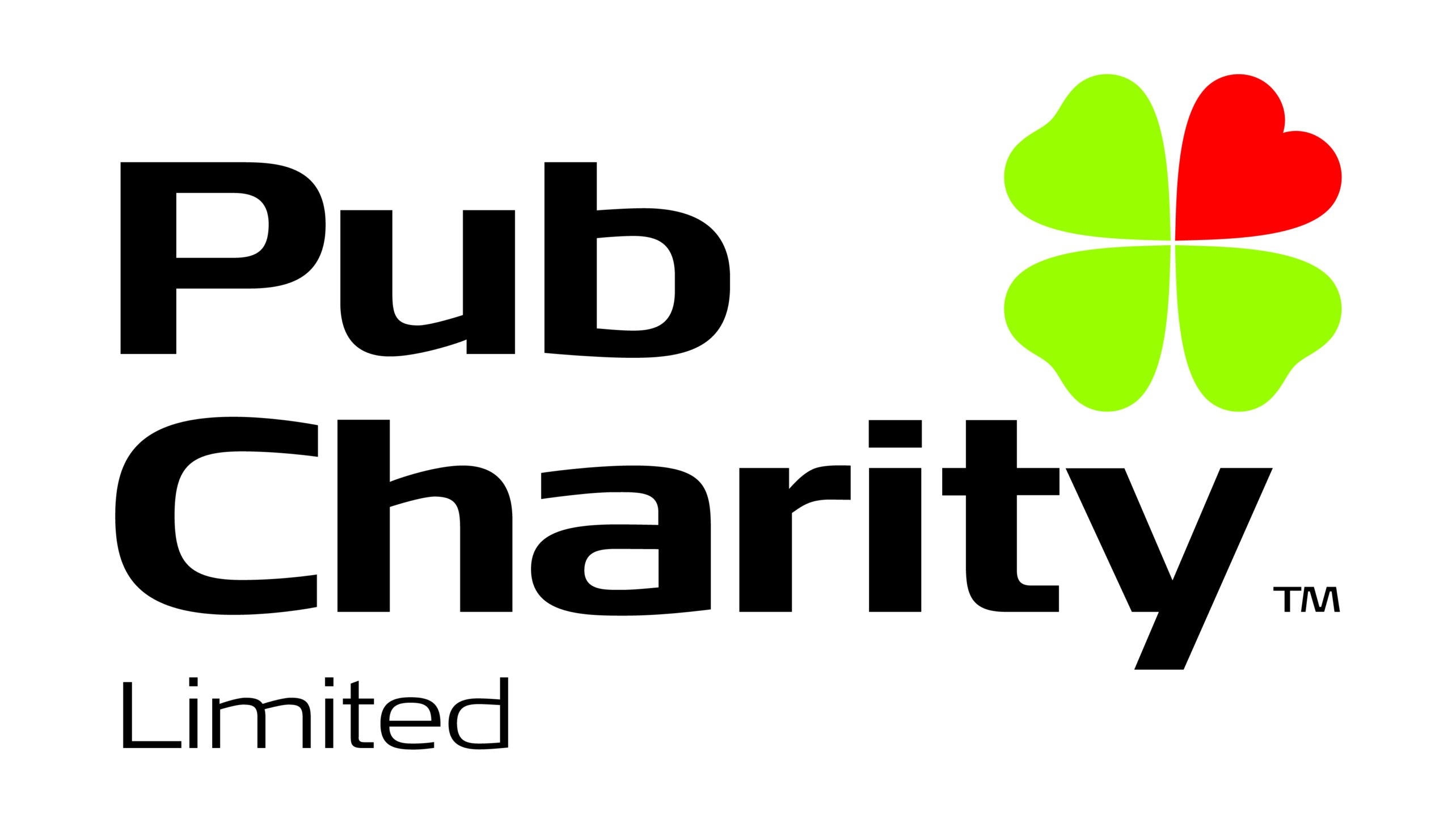A LIVE ENCOUNTER WITH MY ARCHIVE
This is the documentation of the research and creative process I underwent during the project; A Live Encounter with my Archive, which I developed in conversation with texts, concepts, inputs and provocations by critical theorist Giulia Palladini in August 2020. Working far from each other and from the actual space of our residence in New Zealand, Giulia and I imagined our dialogue as the construction of shared spaces of resonances, where one could loiter, move, follow clues and traces, return on one’s footsteps or drift. The idea was to inhabit otherwise the space of a residence with its diverse modes of production and exchange.
This page collects some traces of this common exploration of the erotics of thinking and making performance in the pandemic summer of 2020: Emma’s room; an open-ended collection of notes and materials and an interview with Giulia, tracing some of the key concepts she has explored in her work about performance, archives, pleasure and work.
Emma’s Room
notes, connections and responses
ON THE HYBRID, (M)OTHERNESS & Porosity of Skin and Screen
See Monsterhood. The Making of with visual artist Latefa Wiersch, where dance and object, inanimate and living bodies interconnect and grow into hybrids. https://www.emmamurray.ch/monsterhood-the-making-of/
And below some images from a series of on-going performances with Latefa Wiersch at Helm Haus, ZH. http://www.helmhaus.org
 MONSTERHOOD PART II Latefa Wiersch
MONSTERHOOD PART II Latefa Wiersch
Mother*Fuckers 2017 Bern, Switzerland
HOUSE*OF*MOTHA

Emma’s Room
notes, connections and responses
ON EMBODIED STUDIO PRACTICES
04.08 #Start before you’re Ready
#Moving from the seat of attention #Repelling the Monkey #What constitutes a Live Writing Practice? #Start before you’re Ready #Write like a Dancer #Your destination is wherever you are located now #Moving with a Pen(cil) in the Hand.
Studio Practice
Dance & Text Improvisation; 10 minutes. James Baldwin The Struggle of the Artist. 1969
1)Listening & Moving to the sound & texture of his voice. 2)Listening & Moving to the content of what he says.

Perspective & Position Improvisation 10 minutes. 2x chairs, table, mirror, camera. See video documentation
1.)Your perspective is from where ever you are positioned. 2.)Your destination is wherever you are located now.
Reading Audre Lorde; ZAMI, A New spelling of my Name. 1982 Persephone Press
Writing 20 mins; Live writing practice. Bar Restaurant Bern.
05.08 #Moving with a Pen(cil) in the Hand
Studio Practice 10 minutes Moving with a Pen(cil) in the Hand. Writing a bit. Moving a bit.

Reading Sadie Plant Zeros and Ones 1997 Forth Estate The Pleasure of Work and The Work of Pleasure. An Interview with Giulia Palladini in MASKA 2019 Save As… Knowledge and Transmission in the Age of Digital Technologies Diana Taylor New York University 2010
Writing 20 mins; Daily live writing practice Bar Restaurant Bern.
09.08 #12mins
#12 mins Reading/Writing/Moving Practice
Set timer and fufill each task for 12 minutes in a chosen order.
Studio Practice
12 mins Moving.
Reading Practice
12 mins Reading; Sadie Plant Zeros and Ones 1997 Forth Estate
Writing Practice
12 mins Writing.
Networks, no specific centralized system or even center.
Learning, learning, learning from mistake making not from pre-existing knowledge.
A learning of connections, intuitions and experience. Everything is just appearing. Who is the I doing the doing? The eye doing the seeing? The moment we look, we don’t see. A connection found between my meditation practice and the book I’m reading on AI and machine intelligence.
Thinking as moving, reading as writing, moving as writing. What comes first; the thought or the movement? The movement then the thought? Accepting everything is just appearing. Needing it seen? Needing to show? How to be seen by the room? How to be seen by writing?
The seductiveness of suggestion. A brushed cheek, a lifted shirt, carrying one thought, fulfilling it and allowing it to open on to the next. A movement strategy. One thing leads to the next. Requires rigor, concentration – not to move too quick or slow, to look out the corner of your eye, hold your head at a certain angle – so as not to give the appearance of trying too hard while at the same time being hyper vigilant, super aware. Tricking your conscious.
Aware of the touch of my fingertips, the taste in my mouth, the feeling as I swallow, the weight of my tongue. The sound of the restaurant downstairs, the hum of collected voices, punctuated by the clink of china, the temperature of my upper lip, the shape of my friend in my thoughts, or my boyfriend and the shift of attention they produce. Trying to get it all present at one time, collecting and shifting through the experience of my senses, saying yes! to everything that is appearing.
10.08 #ƒeelin myself
Pleasure in Progress.
I wanted to share the pleasure. The pleasure got shared, but not with my work.
It got shared among friends and looked very much like partying. At the same time, I was able to defend it as somehow a part of the work, or if not part, then a reward for having done enough of the work.
Pleasure got taken around some late-night bars and then bought back home to pleasure itself some more. It kept up the neighbors and left its mark on the sofa. It certainly didn’t stick round for breakfast or help clean up. A friend poured the champagne and I leaned in closer and forgot the pleasure of work I’d left behind and instead got down with the work of this pleasure; drinking. The next day’s pleasure at being back at the studio was slightly muted by the previous nights’ pleasure. Luckily, I was able to tell myself to relax into the pleasure of not needing this pleasure to resemble the pleasure of yesterday’s pleasure – and to see what occurred.
The time in the studio began to feel considerably contracted. There seemed limited time now to fit in pleasure whereas before it had appeared timeless and inseperable from what I was doing. Pleasure didn’t seem up to the job, it felt a little too much like resting. I asked it what it had to show for itself, I told it to get off the floor! Do something! But the lines had been drawn between work now and pleasure later. It felt like a familiar organization of my time and the return to some generalized anxiety about never having enough of it. The same friend from the night before suggested learning some rejoinders to protect the space where pleasure and work meet; Can I get back to you? Maybe later, I’m busy now. What I’m doing is important.
Though this is not this residency’s description, would it be a good place to begin practicing a defence of work that looks very much like someone having a good time?
I don’t mean to sound like a certain French actress in a certain Tarantino film when I say one of the most radical questions (for me) remains; what gives you pleasure? I mean, of course what gives me pleasure, and is surprisingly tricky to answer. Or, what will you do to invite, protect and defend that pleasure in your working life?
11.08 #Exhausting Place/Body/Text
#FEELING AT HOME
Studio Practice
At the recommendation of a friend I attempt 20 minutes of Qi-Gong.I smile at and shake my brain. I repel the monkey – smoothing down the inside of my forearms and Play Ball with the Lion, moulding and pulsing Chi between my hands. Marisa from YouTube reminds me to stand still, be inside my body and be present, and I think all the contemporary dance classes I’ve ever taken feel like this.
Reading
Reading and re-reading, underlining Giulia’s text below.
On_coexisting_mending_and_imagining_note

17.08 Conversation as Writing
Fragment of a transcription of conversation between Giulia and myself using Dictate function on WORD.
“Here, meaning does not exist prior to the event of utterance; rather it is co-produced through the dialogic process of conversation itself.” Emma Cocker
yeah not lying have you seen the rehearsal by is it cookie cookie hirez yeah have you seen that piece yeah and then I love that work I mean I just in terms of it continually upending yeah yeah yeah yeah also the her partner uhm you know do you know his his work he also has a lot of interesting trip about the so process I mean I think this is very much a common kind of yes it’s an old older piece now I don’t I don’t know his his work um I think she probably is as always as a woman much more interesting I don’t know how work very much yeah yeah yeah but yeah I know work and I think it’s an interesting um yeah uh this idea of kind of confusing as well the situation yes that’s oops I’m sorry West my where the interest lies I think along so those two aspects really the right and this performative trope or trick of tricky yeah kind of confounding the public watching I mean It’s it is quite multilayered because there’s this performance that I’m referring to or rehearsing for which has its own themes and interests around the body in organic and inorganic forms interacting this kind of hybrid thing that the piece itself is interested in These topic bodies and these human bodies interacting and growing into hybrids and I guess maybe it could be seen as a metaphor for the this response this performance of typing uh the hybrid of kind of bringing together performative modes of writing and recorded live footage yeah I mean I think the I would hope that that comes through a little bit in the in the in the in the peace and the interest of two of course in our archives what’s what’s left I mean That’s that’s probably enough actively wanting yes so OK uh OK there is a lot so I’m trying now to to think are you still sharing your screen and not do you see me just me ’cause I don’t know what you’re seeing now I’m uh I I see you I I was saying your desktop but I think I’m I’m seeing you now I’m just I’m just wondering if you still recording yes it is still recording yeah yeah yeah recording yes
See Swiss Artist, Marie-Caroline Hominal describe the experience of working alone in the studio.This tumblr site documents an exchange based research project called WORKING SESSIONS questioning Process and Co-operation.https://emmainbern.tumblr.com/
According to its definition, foreplay appears as a slippery territory of that which cannot claim the status of an arrival.
Foreplay is a labor of pleasure inhabiting an >improper< time.
Countering the organsmic logic that views sex as labor that reaches a point of exhaustion and then vanishes, the idea of foreplay names a longing for performance exceeding the logic of an itch that might be scratched and extinguished in the time and space of an event.
It points to a desire which over-stays, queering the singularity of performance as event, multiplying its focuses in a multiplicity of forms and temporal articulations.
Emma’s Room
notes, connections and responses
Questioning FICTION and THE REAL: Documenting LIVENESS!
“As our technologies outpace our comprehension of them, we can take comfort in our personal archives, in the ways that we constantly must remake their value and attempt to secure their fidelity. It is in archiving as a daily practice, rather than a rarefied one, that we might truly connect across divides of time and digital placelessness.”
Diana Taylor SAVE AS 2010


Sadie Plant Zeros and Ones 1998
Emma’s Room
notes, connections and responses
ON PERFORMING A LIVE WRITING PRACTICE

Johanna Hilari, Lublijana 2016
#What constitutes a Live Writing Practice? How can a Writing Practice been seen to Move? To think? How can a writing process perform a live co-operation? Can we be seen by a piece of writing?
#Looking for the Seat of Attention
This space: http://www.somethingother.io/#/ is marked for thoughts about the difference between live art and digital art, between viewing and reading, between different kinds of presence, attention and gaze.
